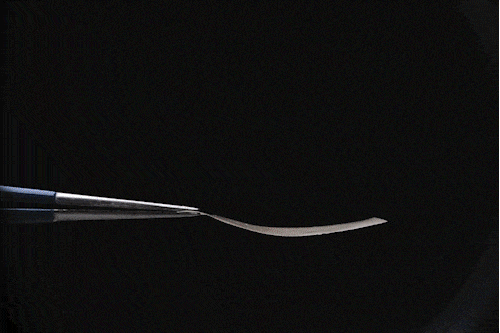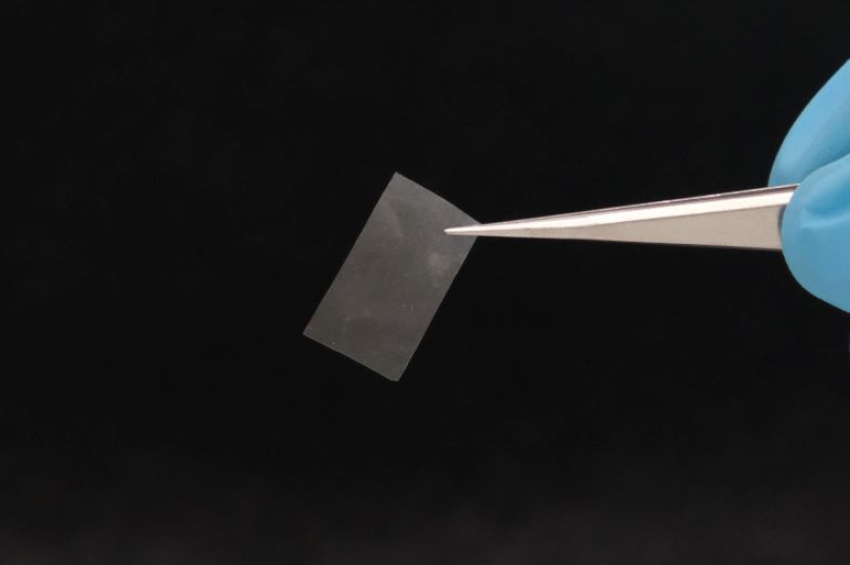Swiss scientists develop edible, living plastic alternative made from mushrooms
A team of scientists from the Swiss Federal Laboratories for Materials Science and Technology (Empa) has created a promising new material made from mushrooms that could one day replace plastic — and it’s not only biodegradable, it’s also edible.
The innovation, described in the journal Advanced Materials, comes from the split-gill mushroom, a common edible fungus. Using its root-like mycelial fibers and natural secretions, researchers have developed what they call “living fiber dispersions” or LFDs. This gel-like material can be shaped into thin, tear-resistant films or used as a stabilizer in food and cosmetic products.

Most existing mycelium-based materials are chemically processed to improve their durability. But Empa took a different approach by leaving the mushroom’s structure intact, allowing it to grow an extracellular matrix — a network of proteins, fibers, and other biological substances. This natural matrix gives the material strength, flexibility, and other useful properties without needing harmful chemicals.
“The fungus uses this extracellular matrix to give itself structure and other functional properties. Why shouldn't we do the same?” Empa researcher Ashutosh Sinha explained in a statement.
More to read:
Study: Human brains are polluted with microplastics
The team selected a particularly effective strain of the split-gill mushroom that produces high levels of schizophyllan (a long, strong nanofiber) and hydrophobin (a protein that helps mix oil and water). These molecules not only reinforce the material’s structure but also allow it to serve as a living emulsifier — a substance that helps mix liquids in products like mayonnaise or lotion.
Because the material is alive, it continues to produce these stabilizing molecules, unlike typical emulsifiers that degrade. Its safety for consumption and skin contact also makes it appealing for the food and cosmetics industries.
More to read:
Tech startup transforms plastic waste into edible biomass
In addition to films and emulsions, the team sees broader uses. The mushroom material could be made into compostable bags — or even better, bags that actively compost waste themselves, since the fungus can decompose plant matter.
“Instead of compostable plastic bags, it could be used to make bags that compost the organic waste themselves,” said Sinha.
The living mycelium could also play a role in sustainable electronics. The researchers are exploring its use in biodegradable moisture sensors and fungal-based batteries, integrating it with other research projects involving “paper” and “biobatteries” made from cellulose.
More to read:
Plastic-eating fungus found in the Great Pacific Garbage Patch
Now the team has plans to produce a compact, biodegradable battery whose electrodes consist of a living fungal paper.
As plastic waste continues to choke ecosystems and accumulate in our bodies, breakthroughs like this offer a glimpse of a cleaner, smarter future — one where our materials not only disappear harmlessly but help regenerate the world around us.
Though challenges remain, such as managing the material’s sensitivity to environmental changes, the Empa team believes that combining the proven methods for processing fiber-based materials with the emerging field of living materials gives them good chances to succeed.







